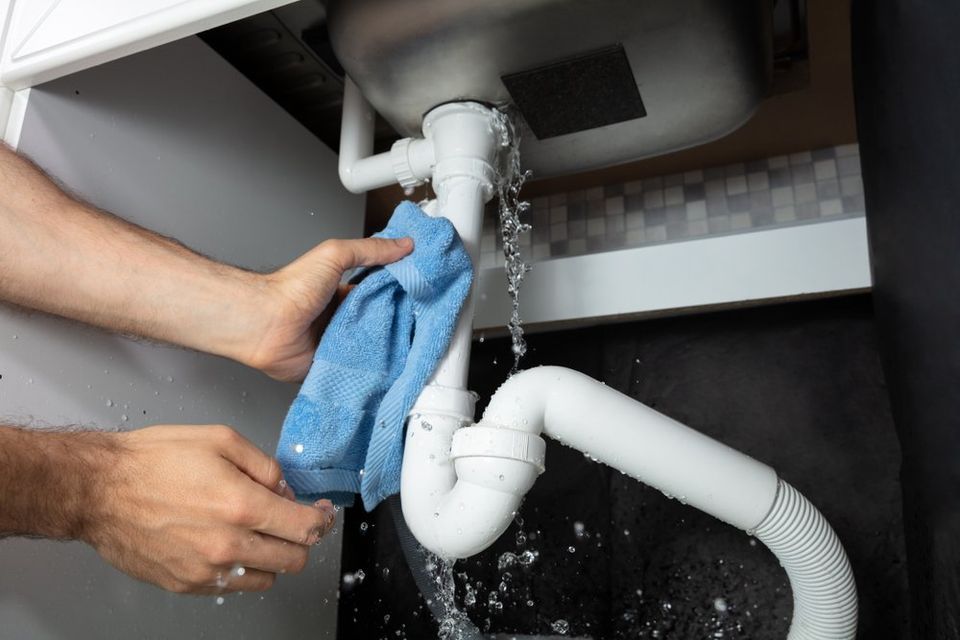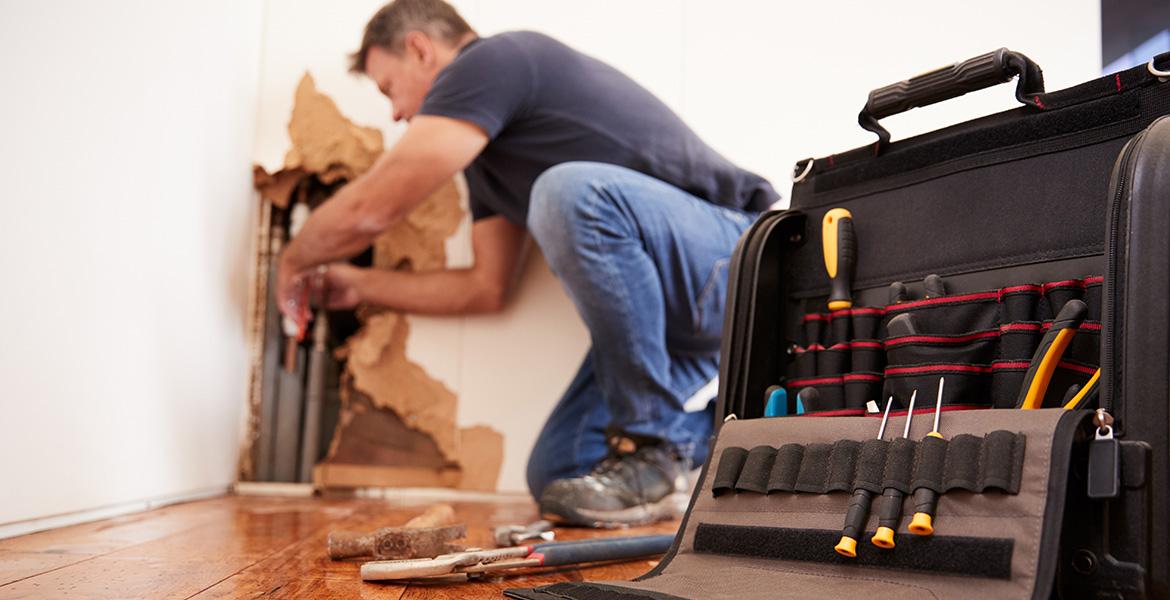Quick Overview: Identifying and Fixing Burst Pipes in Your Home
Quick Overview: Identifying and Fixing Burst Pipes in Your Home
Blog Article
The publisher is making a number of good observations related to What to Know Before Installing a Dishwasher as a whole in the content down the page.

A burst pipeline is a major emergency; you can only stand as you enjoy water you pay dearly to rejoin with the earth. In even worse cases, you observe a pool on your cooking area floor, which is a great journey risk, specifically if you have children around. If the pipeline that ruptured was in your wall surfaces, bad news: you may need to paint that entire area.
How can a catastrophe like a burst pipeline be prevented and also handled? Well, by paying attention to your expert emergency plumbers as well as following these policies.
How do I understand when my pipes have ruptured?
Rising and fall water pressures
Pipelines do not just burst in a day. You might have noticed that your kitchen area faucet or shower doesn't run right away when you transform the faucet. It might stop briefly for a few seconds and afterwards blast you with more pressure than usual.
In various other circumstances, the water may seem regular at first, then decrease in pressure after a couple of secs.
Wet wall surfaces and also water spots
Before a pipeline bursts, it will leak, many times. If this consistent leaking goes undetected, the leak might graduate into a vast gouge in your pipeline. One easy method to prevent this emergency is to look out for damp walls ad water discolorations. These water stains will certainly lead you right to the leakage.
Puddles under pipes as well as sinks
When a pipeline bursts, the discharge creates a pool. It may appear that the pool is expanding in dimension, and regardless of the amount of times you mop the puddle, in a couple of minutes, there's one more one waiting to be cleansed. Frequently, you might not have the ability to trace the puddle to any kind of noticeable pipes. This is a sign to call an expert plumber.
Untraceable leaking sounds
Pipeline bursts can occur in one of the most unpleasant places, like within concrete, inside wall surfaces, or under sinks. When the house goes quiet, you might have the ability to hear an irritatingly consistent trickling sound. Also after you've inspected your shower head as well as cooking area faucet, the dripping may continue.
Precious viewers, the trickling might be originating from a pipeline inside your wall surfaces. There isn't much you can do regarding that, except inform a specialist plumber.
Shut down the Water
When water ices up, it expands in quantity by about 9 percent. As well as it broadens with significant force: The pressure inside pipelines might go from 40 extra pounds per square inch to 40,000 psi! No pipe can hold that much pressure, so it bursts. The break might occur where the ice forms, but more frequently, it takes place where water stress finds a vulnerable point in the pipeline. That may be inches or even feet from the frozen area. Discover the water shutoff valve and also switch off the water to prevent more damage. You may also need to shut off the electrical energy too, relying on where the leaks occurs and how big it is.
Polluted water
Lots of people assume a burst pipe is a one-way outlet. Fairly the contrary. As water spurts of the hole or gash in your plumbing system, contaminants find their way in.
Your water may be contaminated from the resource, so if you can, check if your water tank has any problems. However, if your alcohol consumption water is provided and also cleansed by the local government, you must call your plumber right away if you see or smell anything funny in your water.
What do I do when I find a burst pipe?
Your water meter will continue to run also while your water wastes. To decrease your losses, discover the primary controls as well as turn the supply off. The water mains are an above-ground structure at the edge of your residential or commercial property.
How to Fix & Detect a Leaking Pipe
How Do I Know if a Pipe is Leaking?
Leak detection tests can help you determine if your pipe has a leak. Even if you don’t see an apparent leak, you should still conduct leak detection tests regularly to save water and money—and prevent major damage to your home.
Water meter. It can be helpful to figure out what your usual water meter usage numbers are and then monitor them regularly. To monitor your meter, first, turn off all water faucets in your home. Check the meter and write down the numbers. In a few hours, check the meter again. If the numbers have changed, you have a leak. Water gauge. Use a water gauge to test your water pressure. Your showerhead should produce a certain amount of water pressure based on its model and design. If the pressure is lower than it is supposed to be for that specific showerhead, your home likely has a leak. Puddles. Look inside your bathroom, laundry, and kitchen sink cabinets. Puddles around the cabinets or around toilets, tubs, showers, and washing machines indicate the presence of a leaking pipe. You may also notice loose tiles, peeling or flaking paint, or mold caused by water accumulation. Napkin test. Even if you don’t see any puddles, you may still have a leak. You can test for water leaks in the bathroom, laundry, and kitchen by wiping below-sink connections with a napkin, paper towel, or piece of toilet paper. If it becomes damp, you probably have a leaking pipe under the sink. Discolored walls. Walls that are discolored—usually with brown or yellow stains—or bulging might mean that they have been impacted by water damage caused by a leaking pipe. Smell. A leaky pipe will create sitting water, and over time, that water may develop a musty smell. If your home smells musty, but you can’t locate the source, it may be due to a leak. Steps for Fixing a Leaking Pipe
A leaky drain can be remedied by tightening the pipe base, replacing the drain seal, caulking the rim, and tightening the pipe nut. Similarly, a leaking toilet pipe can be treated by tightening the packing nut. You may also need to replace the valve. A leaky faucet may just need tightening or replacement of the washers. If that doesn’t work, consider replacing your faucet. If your pipe has a hole in it, you may want to use a pipe leak sealer or pipe leak tape. This quick fix for water pipe leaks can also temporarily fix a copper pipe leak. https://www.ahs.com/home-matters/quick-tips/how-to-tell-if-pipes-are-leaking/

Do you enjoy reading about How to Prepare for Your Dishwasher Installation? Give a review down the page. We'd be interested to find out your opinions about this review. We are looking forward that you come back again in the near future. Sharing is good. You never know, you will be doing someone a favor. Many thanks for your time. Kindly check up our blog back soon.
Schedule Today
Report this page